Enjoy Seamless Internet With The Best Mesh Wi-Fi System
Does your online activity come to a screeching halt when moving from room to room in your home? Standard Wi-Fi routers are set up in a single location and have a limited range to broadcast their signal — the weaker the signal is, the worse your internet speed gets. Larger homes and buildings often struggle with using a single router, as do spaces highly segmented by walls and corridors.
Enter mesh Wi-Fi systems.
Mesh Wi-Fi systems use satellite routers that may be placed around a residence to provide a direct, dedicated link to the primary router. This allows the network to function at full speed. If that sounds like something you've been looking for, read on to learn more about these devices and take a look at our list of the top mesh Wi-Fi systems of 2023.
Comparing The Top Mesh Wi-Fi Systems of 2023
Eeros Mesh Wi-Fi System: Best Overall
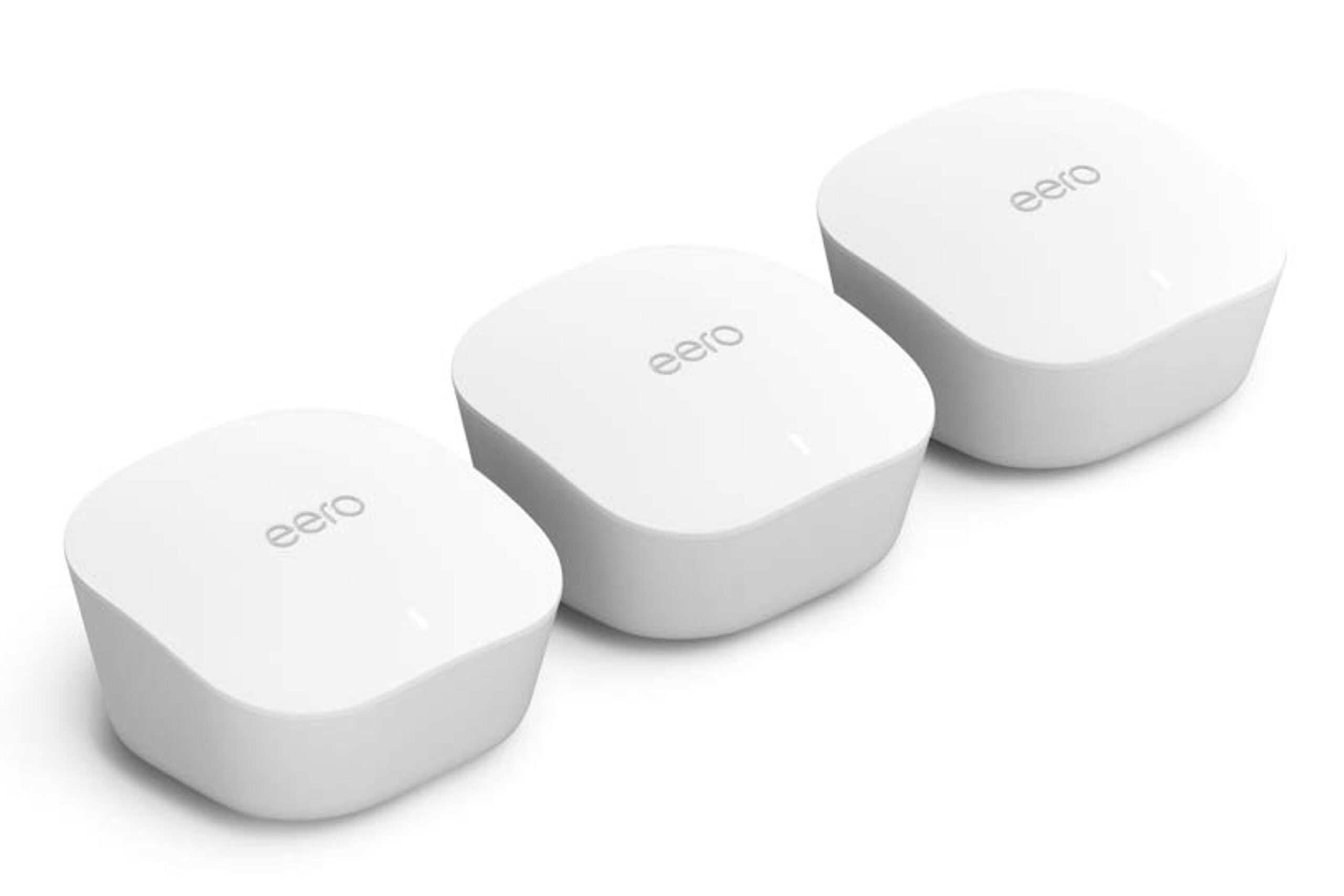
Eero's Mesh Wi-Fi System can cover up to 4,500 square feet with dependable, high-speed Internet access. Within 10 minutes, you can have your network up and running with the help of the Eero app, which also gives you remote access to your network's settings. Upgrades to the device's firmware happen automatically over time, further strengthening your network's safety.
Even better, this mesh Wi-Fi system links to your modem so that you can access the web from anywhere in your home and, as your connectivity needs change, you can easily add more Eero devices thanks to their cross-compatibility. Also, because of Eero's smart traffic routing, buffering, congestion and interruptions to your network are all minimized.
The combination of Eero and an Alexa-enabled device (sold separately) makes it the best pick on our list because of how simple it is to manage and set up.
TP-Link Mesh Wi-TP-Link Mesh Wi-Fi System: Most Stable Coverage
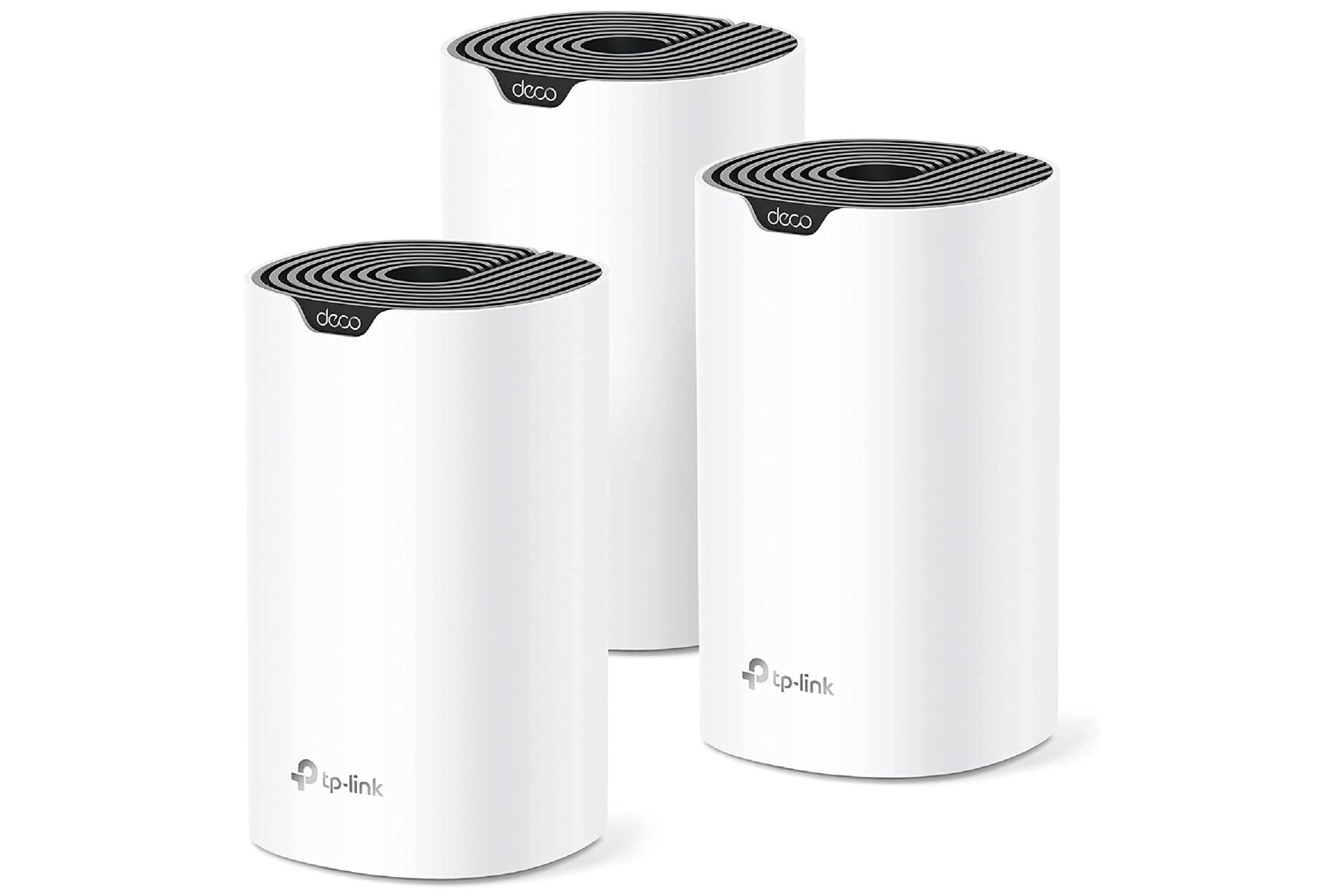
The TP-Link Mesh Wi-Fi System enhances your network in all directions, bringing quicker speeds and a more stable signal to your home. Together, its units can establish a mesh network that covers up to 5,500 square feet. Your device will seamlessly transition between Deco devices as you move around your home to ensure you always have access to the highest speeds possible.
Individual profiles for each household member allow you to set time limits and filter out undesirable content, making it easier to protect your kids from online dangers. Moreover, you can use a single network name and password to access the internet from any of the mesh system's nodes. Lastly, each included device supports wired Ethernet Backhaul and has two gigabyte Ethernet ports.
Meshforce Mesh Wi-Fi System: Smart Dual Band
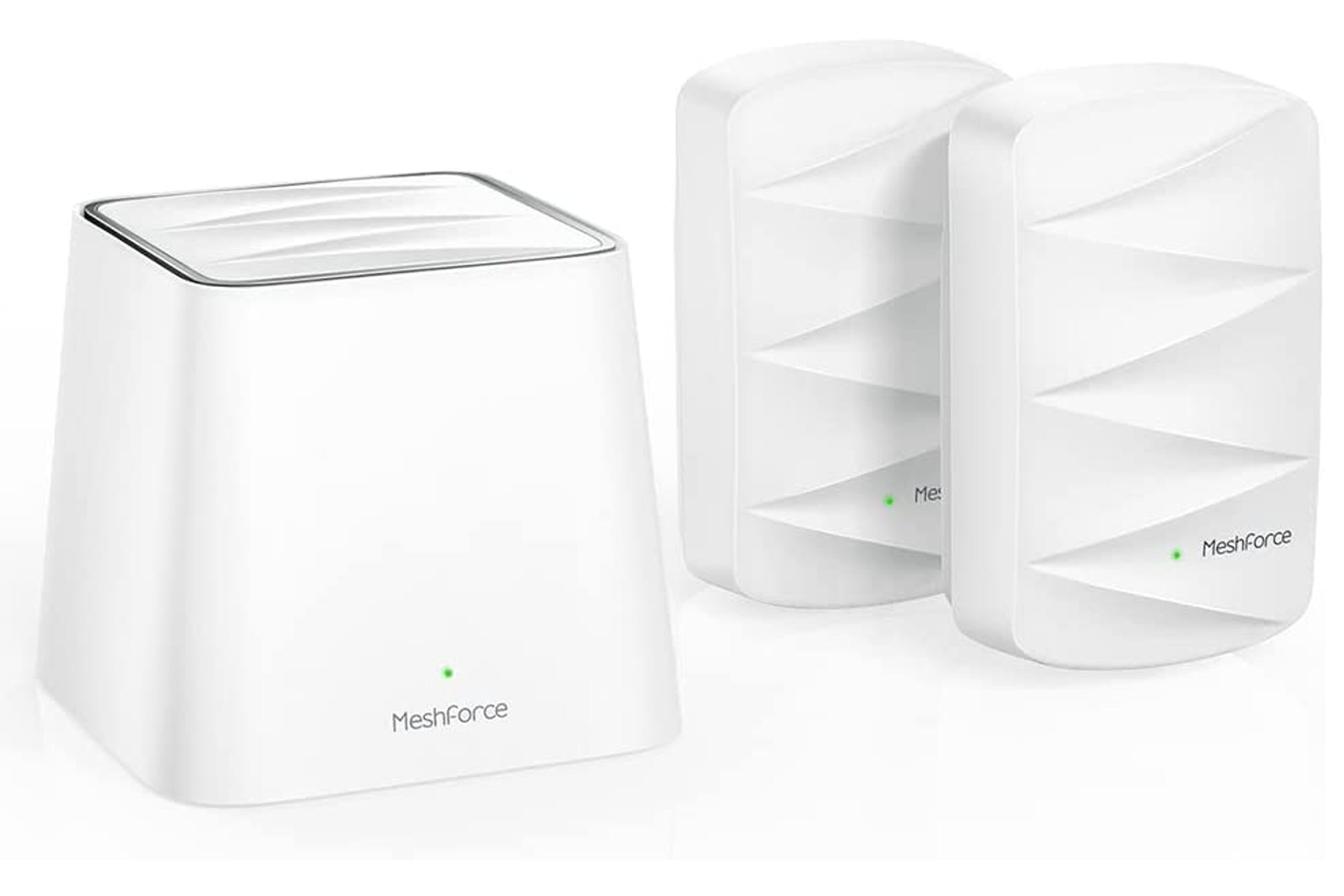
The Meshforce Mesh Wi-Fi System boasts high-quality dual-band Wi-Fi, allowing you to watch videos and movies in HD without interruptions. The systems' satellite routers can provide high-speed internet connectivity in an area of 4,500 square feet. You can control the entire mesh network from a single hub through the Mesh app, which is user-friendly and simple to use.
With this mesh Wi-Fi system, you can connect up to 60 devices for continuous internet access throughout your home. More importantly, you no longer have to worry about your safety when connecting to the internet thanks to the devices' featured security standards, which help protect your connected devices and smart home appliances from hackers.
NETGEAR Mesh Wi-Fi System: Smart Controls
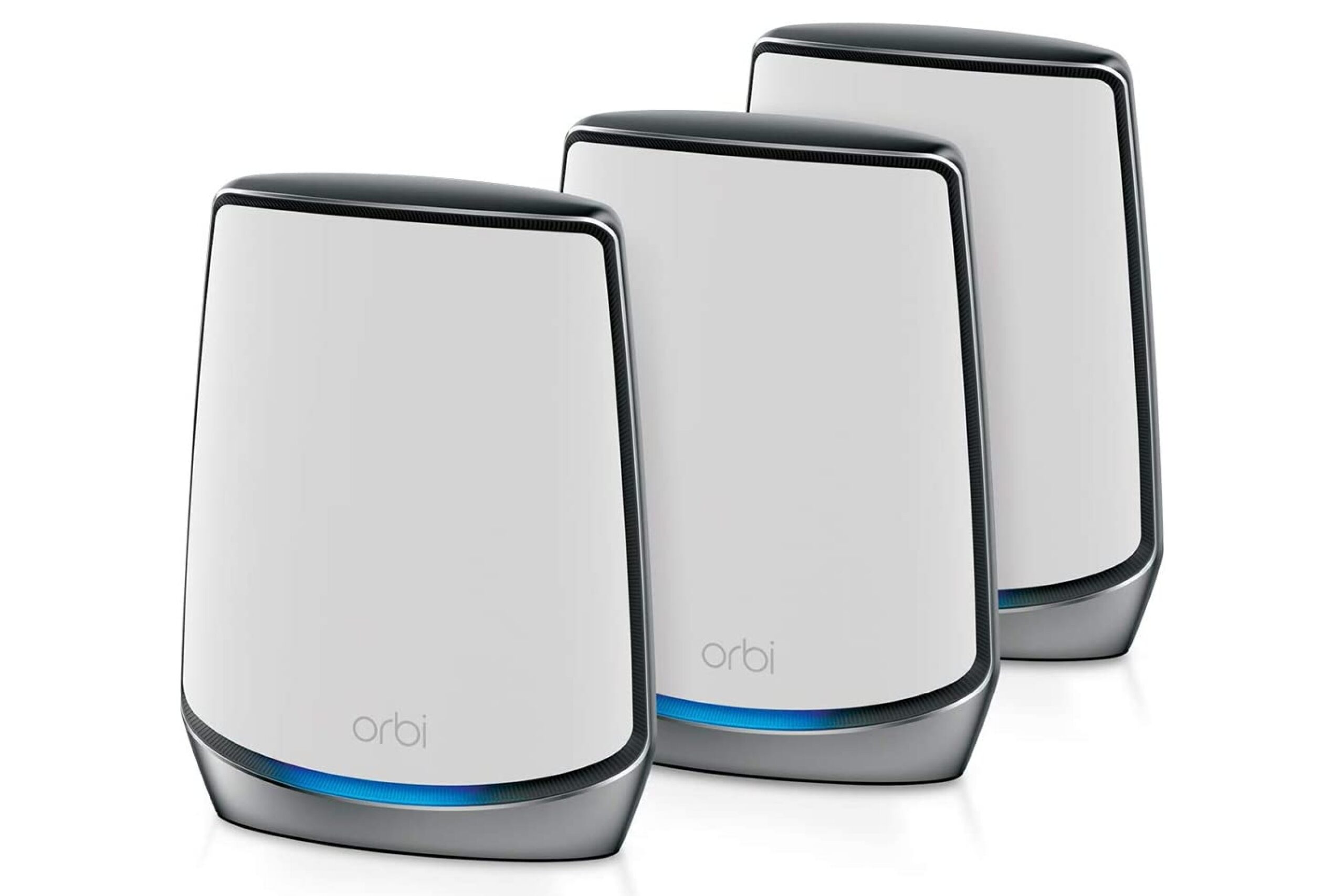
The NETGEAR Mesh Wi-Fi System can connect from 100 to 200 devices and cover an area of 7,500 to 9,500 square feet, depending on the model. You can get the system up and running in minutes with the Orbi app, which gives you full control over your Wi-Fi connection, speed testing results and data usage analytics. Thanks to the Wi-Fi six technology and its impressive speed, customers can expect uninterrupted streaming, gaming and video conferencing.
The NETGEAR mesh Wi-Fi system is compatible with any ISP (cable, fiber, satellite or DSL), and you can use it as a replacement for your current Wi-Fi router or cable modem. The system also comes with a 30-day free trial of NETGEAR Armor, which protects your family's Wi-Fi with an automatic barrier against hackers across all connected devices.
Google Mesh Wi-Fi System: Compact Design
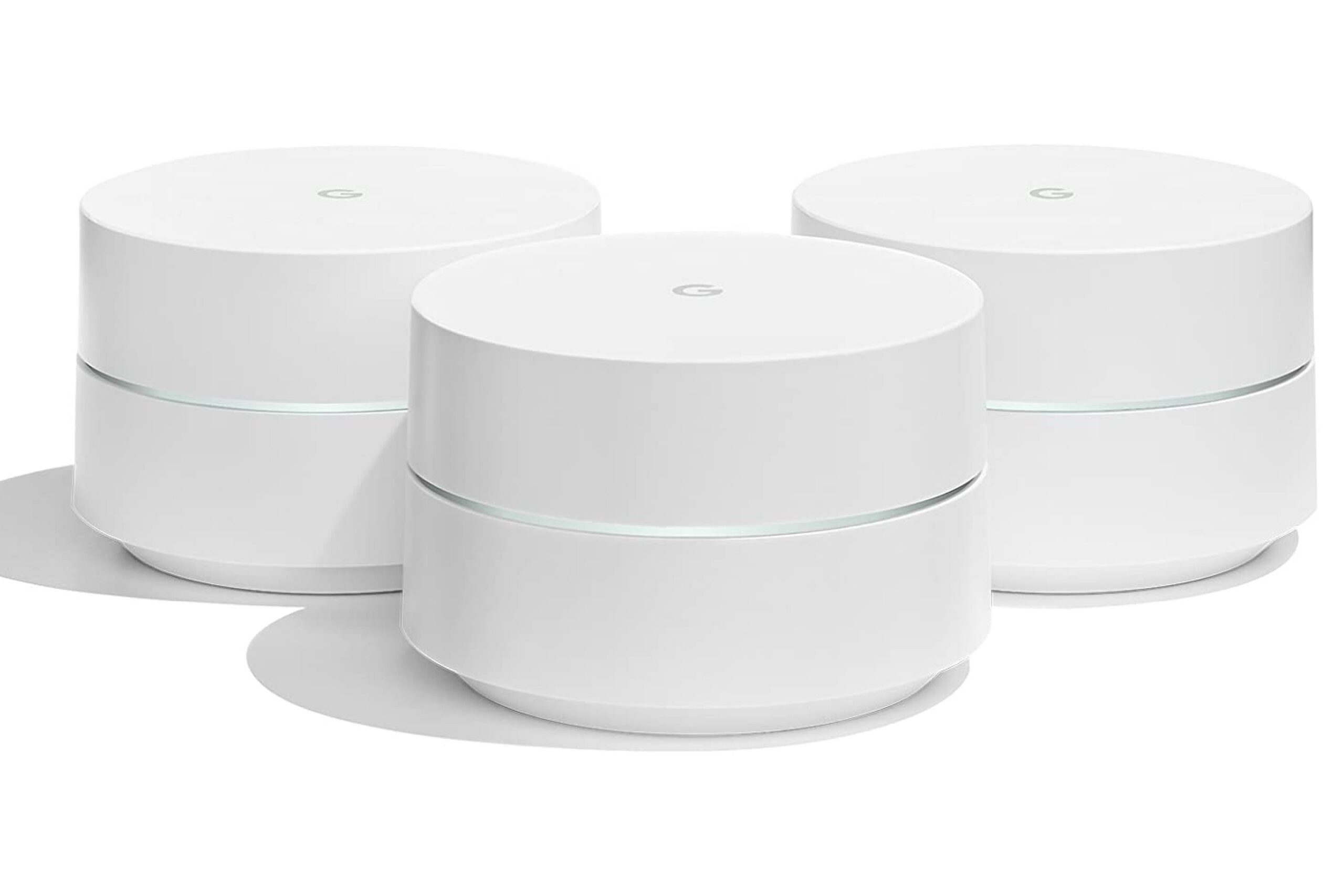
The Google Mesh Wi-Fi system provides exceptional coverage with options to scale the number of satellite routers based on your needs. Like with other mesh systems, multiple nodes cooperate to form a single network, which results in greater overall coverage and faster connections in every room a unit is present. Setup is simple and takes only a few minutes using the Google Home app to establish a network and connect to the internet.
Users can limit access to mature content, set time limits on screen use, and pause internet access for individual devices with the parental controls on the Google Mesh. Additionally, this easy-to-manage home Wi-Fi system allows you to prioritize specific devices, monitor network speeds and create a guest network. And not only is it compatible with any preexisting Nest Wi-Fi system and all Google Wi-Fi access points, but it also adds extra access points for an expanded range.
Finding A Quality Mesh Wi-Fi System: A Buyer's Guide
Finding the right Wi-Fi system can take time due to the many available options and different types of systems available. An ideal mesh system should have units of a solid build and with excellent functionality, but those aren't the only things to consider. Here is what you should keep in mind when choosing a mesh Wi-Fi system for your home:
How To Choose The Right Mesh Wi-Fi System
Bandwidth
Mesh systems have a wide range of bandwidths based on the number of bands they allow and the speed at which every band works. Make sure that the mesh system you choose provides the bandwidth necessary for your network.
Coverage
Many mesh systems claim to be able to cover 5,000 square feet, which is a rather large signal area. This is key because you'll want ample distance to ensure your home is adequately covered. Even if your property is smaller, a more powerful system will help if the building has locations where barriers may prevent a straight-line connection to a regular router.
Security
Most contemporary mesh Wi-Fi systems feature adequate security. You'll likely be able to install an app on your phone that allows you to set up the mesh network's security settings and build a guest network that lets guests access the internet separately from your main one.
Parental Controls
Many mesh networks offer reliable parental controls to keep the internet more secure for children. But, since the full features can differ, this is a topic you should look into if you have small children and worry about how frequently and how long they are online, as well as which websites they access.
Guest Network
This virtual network prevents access to your PCs, NAS devices and other internet clients while granting internet access to your visitors.
How A Mesh Network Works
Mesh networks connect multiple smart home devices while maintaining a high connection quality. They work by connecting a primary node to the wide area network port (WAN) or modem of a wireless network. The nodes then communicate via Wi-Fi settings that contain the name of the mesh network.
During the initial network configuration, all nodes must be linked to the same power source. So, even if one node fails, the complete network can continue to operate.
Due to the high initial investment required, mesh networks may not be practical for wireless connectivity in smaller homes where a regular router may be enough. They are best used in homes too big for a conventional network.
Remember that a mesh network does not add more access points to the network as a regular Wi-Fi extender would. It's a system where all nodes just rebroadcast the information sent out by the last one. The range of a mesh network is greater than that of a Wi-Fi extender because all network nodes work together.
Benefits Of Using Mesh Wi-Fi System
Large Homes
If you live in a large multi-story house, you may have multiple Wi-Fi dead zones. Many people prefer to buy Wi-Fi extenders in such scenarios since they are a less expensive option, but extenders establish additional networks, which adds to the difficulty of using Wi-Fi in your home. This is because you must manually switch between networks to gain coverage when moving from one area to another.
Mesh networks, on the other hand, are convenient and hassle-free. Also, the overall cost of a single mesh network is less than the total cost of numerous extenders.
Gaming
Lagging is something that any gamer despises. If disruptions in your network are the cause of the lagging, you can strengthen your connection by using a mesh network. You might also consider using an extender, but these are generally insufficient to solve any lag issues — a mesh Wi-Fi system is much more effective in this regard.
Video Streaming
You will need a strong internet connection to stream high-quality videos. A mesh Wi-Fi system can help fix your connectivity and quality difficulties.
People Also Ask
How simple is it to install a mesh system?
Mesh networks do not require a high level of technical expertise; you can set up a mesh system in less than 15 minutes. Simply plug them into multiple electrical outlets, and the network will be up and running in no time. Once installation is complete, you may manage these nodes using an app on your smartphone or tablet.
Is a smartphone necessary to start a mesh Wi-Fi network?
With mesh systems, you must first download a mobile app, register an account with a login and password, and then log in to the app to configure the network and access the controls for your home Wi-Fi network. You need a tablet or smartphone running either Android OS or Apple's iOS to do this.
What number of nodes do I need?
One node will typically cover 1,000 to 1,500 square feet of living space. A single node will work well if you live in a small apartment or own a modestly-sized home. But, depending on how your house is built, adding a second node to a small area can be beneficial.
Is it necessary to hardwire every mesh router?
No. Both routers and nodes can communicate wirelessly to complete the task; a satellite router may require electricity, but not a connection to the parent router.
Why should I choose a mesh system over a regular router?
A mesh system is superior to a single, stand-alone router in medium to big households because it uses multiple devices to provide a strong, usable connection across a larger space. A mesh system may be overkill for a home or apartment with a floor space of less than 1,500 square feet, but dead zones can exist even in modest dwellings, and mesh systems are better equipped to deal with these than standard routers.